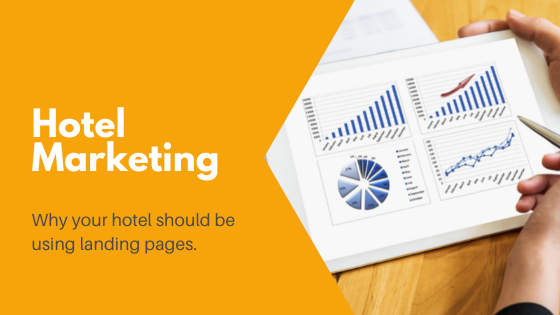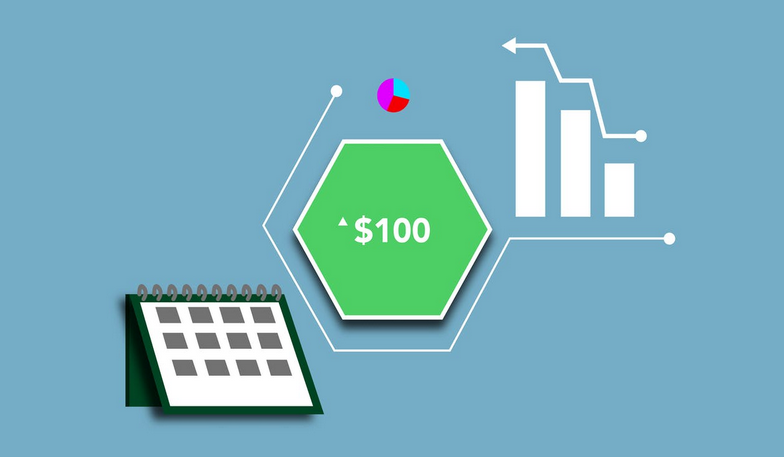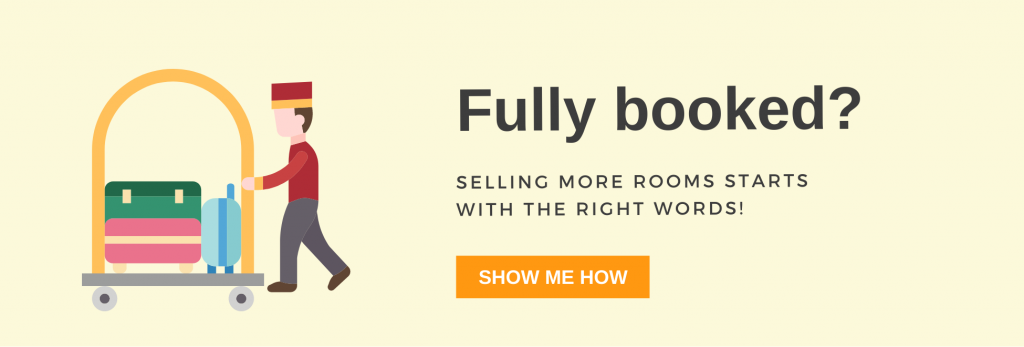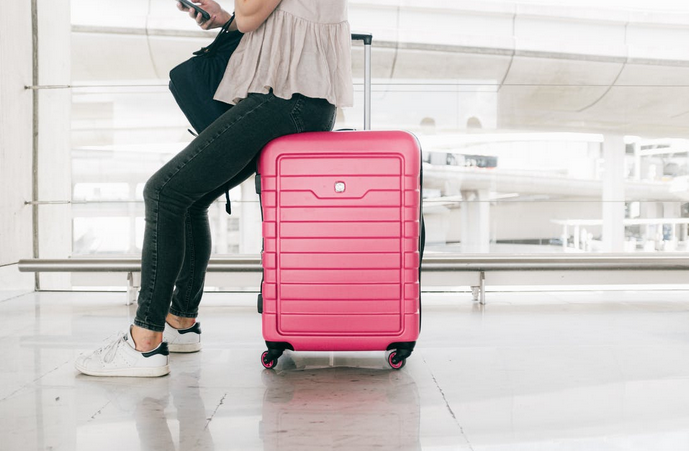Everything you need to know about creating your first hotel landing page.

What is a hotel landing page?
Out of all the pages on your website, landing pages are the hardest to get right. But they’re also the ones that bring the best results with clearly measurable outcomes.
So, what is a hotel landing page?
It’s a page you create to achieve just one marketing objective. In other words, the page exists to get readers to take a very specific action.
Here’s how that might look in practice:
- You design a landing page that makes it quick & easy for guests to join your hotel’s loyalty program.
- To increase direct reservations for seasonal packages, you set up a targeted booking landing page.
- Email subscribers get redirected to a page where they can get a discount code, download a coupon, or even make a purchase. For example: To buy a limited edition branded item or order your hotel’s signature cake or Christmas cookies.
Visitors get to your landing page via paid ads (e.g. Google or Facebook ads), through an email campaign, or by mention on a social media page to name the most common avenues.

Hotel marketing: Benefits of landing pages
Since you’re reading this post, chances are you’re interested in deploying landing pages but remain currently undecided. You have questions like should landing pages be part of your hotel marketing plan? Can small hotels and boutique resorts benefit from them, too? Is it worth the effort?
Well, let me share this interesting finding with you:
A study of 7,000 businesses found that “companies see a 55% increase in leads” when they increased the number of landing pages from 10 to 15.
In short, it doesn’t matter what kind of business you run: Landing pages are an asset!
Here are a few advantages of landing pages for hospitality businesses like yours.

1. You can target different market segments—without turning others away.
Imagine you’re a city hotel with a central downtown location. Your prime location attracts all types of guests: Business travelers, event attendees, high-income families, and retired Baby Boomers.
Now let’s say you want to run ads on Google to drive bookings.
How do you create a page that will 100% appeal to each of those segments, knowing that they have different priorities and preferences?
You can’t—not unless you use landing pages!
Instead of trying to be everything to everyone at the same time, you can customize every landing page’s message to suit each segment perfectly.
Here’s how planning that page might start out
Segment: Business travelers
Focal points:
- Location: Downtown; the financial district is a short 5-minute drive away; convention center is across the street
- Convenience: Getting around is hassle-free thanks to multiple transport links within walking distance
- Room features: Spacious deluxe rooms with dedicated work desk; free, fast and reliable in-room WiFi
- Relevant hotel services: Business center on-site for printing needs; WiFi in all public spaces; breakfast from 06:30

2. There are fewer barriers to get to your desired outcome.
Here’s the beautiful thing about landing pages: There are no distractions! Since there’s no navigation bar and the page focuses on one central message, you aren’t bombarding visitors with options, information, and ways to leave the page.
Think about it – it’s so much easier to get people to do something when there’s only one possible action readers can take on a page to begin with.
(Well, aside from leave entirely. But you’ll write such effective landing page copy readers will want to keep reading, right?)
3. You get an immediate sense of a campaign’s success.
Because there’s only one critical metric to track, it’s not that hard to figure out how well a landing page is performing. I mean, either the visitor converted or he didn’t.
From there, you can also quickly calculate the cost of acquisition per lead (or conversion) and the overall return on your investment.
At the end of the day, there are fewer numbers to crunch—or worry about—and that’s always a plus!
4. Optimizing the page for maximum conversions couldn’t be easier!
If you’re using a paid landing page service (with customizable hotel landing page template), you’ll be given the option to run a certain number of A/B tests on your landing pages.
This allows you to see which version performs better with your target audience.
In short, you don’t have to guess what works and what doesn’t. You’ll have the data from split testing to support any design as well as copywriting changes you need to make.

5. You’ll gain insight into your customers.
When visitors to your landing page convert, they’ll be required to give up some information. At the bare minimum, that would be an email address.
For example: They enter their email address to sign up for your marketing emails or newsletters.
In other cases, they may have to provide a bit more information in exchange for something like access to a specially curated neighborhood guide created by your hotel.
For example: Their name and email address. You might even ask them to indicate when they plan to visit your destination.
That information allows you to continuously improve your hotel marketing. Whether that’s by growing your opt-in list for email campaigns, plan seasonal offers, or by getting to know client preferences through, for example, the booking landing page.
What are the best ways to use hotel landing pages?
Here are a few examples of what a landing page can do for your hospitality business:
- Convince visitors to sign up for your newsletter and/or marketing emails
- Encourage potential guests to become a member of your loyalty program
- Inspire visitors to book something like a staycation or wedding package
- Let potential guests download a free city/dining/attractions guide in exchange for permission to contact them with marketing offers
- Promote seasonal or limited-time only offers
- Up-sell or cross-sell products and services
Clearly you can create all sorts of useful hotel and resort landing pages for a wide range of marketing campaigns.
And for the best results, seek out a great hotel copywriter to bring those ideas to life!
What information goes on a hotel landing page?
By now you’re convinced: Landing pages are exactly what you need!
And they are but here’s an important caveat: Your landing page is only as good as its parts.
That means everything from headlines, the hero image, carefully-crafted copy, color palette and design need to be in harmony.
This isn’t a throw-some-text-on-a-page-with-a-button-and-call-it-a-day project.
Because for a landing page to be effective, all the little details must work together. You need to keep readers on the page, guide them down towards an irresistible call to action, get them to click on the button and then actually follow through with the action.
Wow, that’s a lot!
So what do you need to include on your landing pages?
Attractive headlines
- You need an audience-oriented and, if possible, eye-catching headline.
- Headlines should not be confusing.
- Ideally, your main headline should be simple, clear and tell the reader what to expect on this page—and therefore why he should stay on the page.
Describe what you are offering
- Inform the reader exactly what you are offering.
- Ensure that the contents of your landing page match what you promise in your ads.
- Keep sentences short but sweet.
A reader-friendly layout
- Incorporate plenty of white space.
- Use bullet points where possible.
- Be selective about what goes on the hotel landing page! Don’t crowd it with walls of text and overload it with images.
Add visual elements
- Choose your hero photo wisely.
- Balance graphics with the length of text.
- Use visual components to draw attention to important portions of text, e.g. with the use of an arrow.
Write a compelling call to action
- Your call to action should tell readers what to do next.
- It should also remind them what they’ll get out of clicking on the button.
- Use impactful language to “close the deal”.